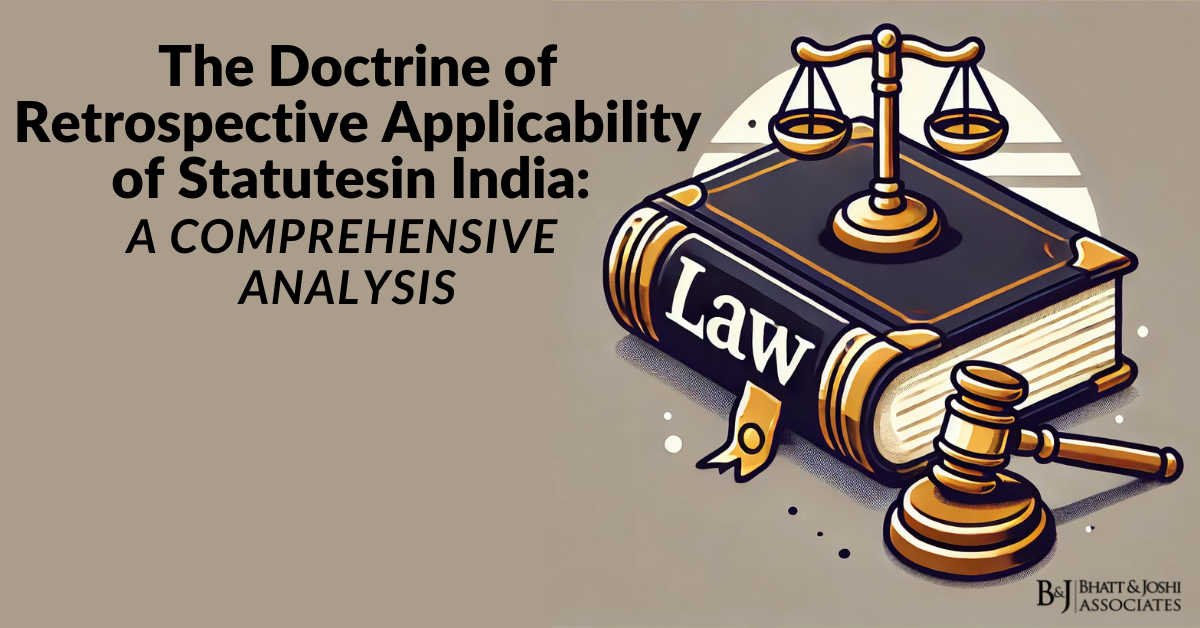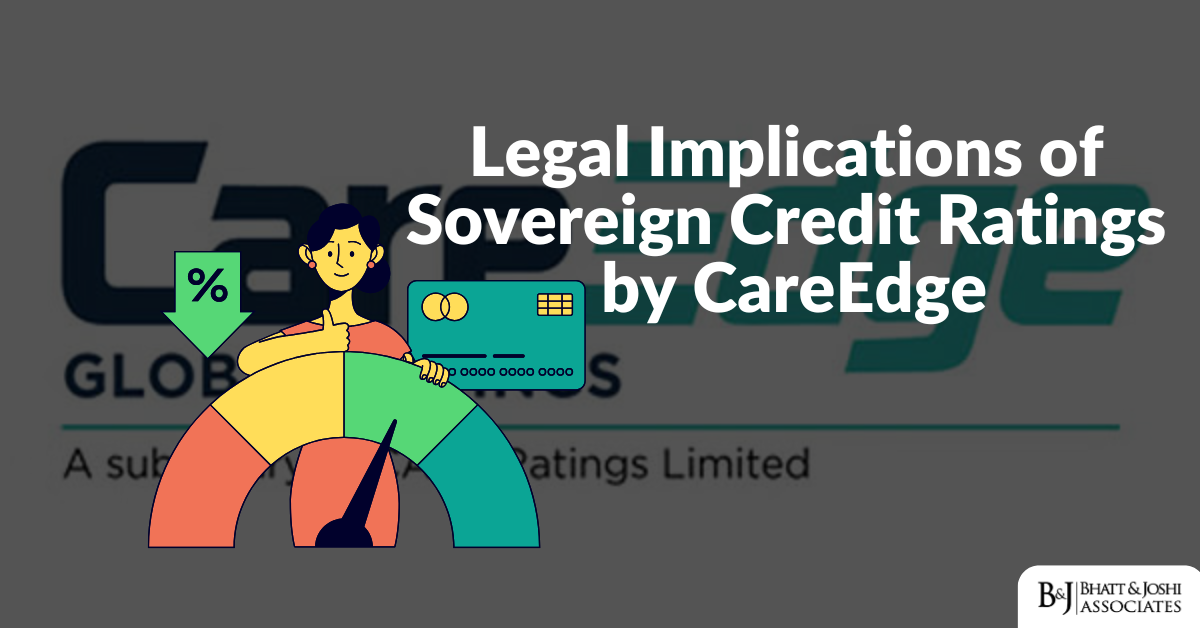Introduction
The National Company Law Tribunal (NCLT), Kolkata Bench, recently made a crucial decision regarding the payment to Operational Creditors and Dissenting Financial Creditors in a Resolution Plan under Section 30(2)(b). The case is referred to as Shankar Mukherjee and Anr Vs. Ravi Sethia (RP of Suasth Healthcare Foundation and Ors).
The Case and Its Context
The Hon’ble Bench, consisting of Ms. Bidisha Banerjee (Judicial Member) and Shri Arvind Devanathan (Technical Member), examined the provisions of the Insolvency and Bankruptcy Code (I&B Code), 2016, specifically Section 30(2)(b).
The Judgment: Significance of Section 30(2)(b)
The Bench held that:
(i) The Code allows for a scenario where a provision made to an operational creditor or dissenting financial creditor in a Resolution Plan could be less than what they would have received in the event of liquidation as per section 53(1).
(ii) The phrase “not less than” used in Section 30(2)(b) indicates that if the legislature intended to limit the amount payable to them to the liquidation value at most, then the words “not more than liquidation value” would have been used.
(iii) The Code mandates allocation to dissenting financial creditors and operational creditors. The allocation would be the amount provided in the plan or liquidation value, whichever is higher. The argument that such creditors can be paid NIL value because their liquidation value is NIL would undermine the beneficial amendment made in Section 30(2) of the I&B Code.
(iv) Upon careful examination of Section 30(2)(b) of the I&B Code, 2016, two legal propositions emerge:
- (a) Reference to Section 53(1) of the I&B Code is solely for calculating the amount payable to operational creditors and dissenting financial creditors. Otherwise, Section 53 (1) has no relevance in the resolution of a corporate debtor under the CIR Process.
- (b) Some amount should be allocated for operational creditors as well as dissenting financial creditors, and the amount so provided cannot be NIL.
Conclusion: Interpreting Section 30(2)(b) for Fair Treatment
This judgment provides valuable insights into the interpretation of Section 30(2)(b) of the I&B Code, 2016. It underscores the importance of fair treatment of operational creditors and dissenting financial creditors in the resolution process. The ruling serves as a reminder for all stakeholders in the insolvency process to adhere to the principles and procedures laid down by the Code.














